From the Pastor’s Desk
Dear St. Mary’s Parishioners,
As some of you may be aware, one of our 8 weekend Masses is the Traditional Latin Mass (TLM) or Extraordinary Form (EF) Mass, which is offered every Sunday at 2p. The TLM has a relatively long tradition at St. Mary’s. Recently, I saw Fr. Francis Stevenson who served as Parochial Vicar with Fr. McFadden during the first decade of the 2000’s. Fr. Stevenson asked me if we were still offering the TLM at St. Mary’s Parish. It was Fr. Stevenson who started celebrating the TLM at St. Mary’s shortly after the promulgation of the motu proprio “Summorum Pontificum” (SP) of Pope Benedict XVI in 2007. SP made the TLM more accessible to the faithful, not only to those who remember it from when it was celebrated prior to 1970, but also to younger folks who have experienced and come to appreciate the Mass over the years. More recently, in July, Pope Francis promulgated a motu proprio called “Traditionis Custodes” (TC). “Traditionis Custodes” is translated “Guardians of the Tradition”. (A “motu proprio” is simply an edict that is promulgated by the pope by his own initiative.) In a nutshell, the motu proprio “SP” of Pope Benedict XVI freed up the celebration of the TLM for priests and the faithful, while the motu proprio “TC” of Pope Francis has placed some restrictions on the celebration of the TLM.
Above all, with TC, Pope Francis underlined the authoritative role that Catholic bishops have in their own dioceses for ensuring that the TLM is celebrated faithfully and properly. In the Diocese of Sacramento, the TLM is celebrated every day at St. Stephen, the First Martyr Parish in Sacramento. St. Stephen’s Parish is served by priests of the Fraternity of St. Peter, a congregation dedicated to the celebration of the TLM according to the 1962 Missal and the other sacraments under the traditional form. There is one other church in the Diocese where the TLM is celebrated (officially) weekly on Sundays: St. Mary’s Parish, Vacaville. Bishop Soto has indicated to me that he is inclined to allow the TLM to continue at our parish. After all, the TLM does have a long history of being celebrated in Vacaville, either at St. Mary’s or at St. Joseph’s.
I give this background to the history of the TLM in Vacaville by way of introduction to writing about the special TLM that we will host on Thursday, October 21st at 6p. On the 21st, we will have a “Pontifical Solemn High (EF/TLM) Mass” celebrated by Archbishop Salvatore Cordileone of San Francisco. We started planning for this Mass about a year ago, when parishioner Jason Suarez asked if we might try to have this special Mass. At Jason’s suggestion, we decided to invite Archbishop Cordileone, since he has celebrated this type of complicated Mass before. Therefore, I requested and received permission from Bishop Soto to invite Archbishop Cordileone to our parish. Please know that you are most welcome to attend this Mass. It will last longer than a usual Sunday Mass, probably somewhere between 90 minutes and two hours. In any case, we plan to live-stream the Mass; thus, it will be available on our “St. Mary’s Vacaville” YouTube page. Why have this special Mass on October 21st? October 21st is the Feast Day of Blessed Karl of Austria. Who was Blessed Karl? Born in 1887 in Austria, Karl eventually married, and together with his wife Zita raised a family of 8 children in the Catholic faith. Karl and Zita were faithful and devoted Catholics. In 1916, during World War I, Karl as made the Emperor of Austria and King of Hungary. He was a fair and just ruler, but only three years later, at the end of WWI, in 1919, Blessed Karl was exiled as a result of the fallout from the end of the war and the change of political leadership. Karl suffered an illness and died in 1922 on Madeira Island, Portugal, 320 miles west of Morocco.
In an article from the Osservatore Romano (October 3, 2004), Cardinal Christoph Schönborn, Archbishop of Vienna, wrote the following about Blessed Karl:
After assuming power [Karl] strove to alleviate the horrors of war he saw, and took concrete steps to bring about peace. As emperor he understood peace to be his absolute, kingly duty. In his ascension manifesto, therefore, he named peace as his central goal. Only Karl took up the peace proposal of Pope Benedict XV, incorporating its principles in a set of proposed peace accords (which historians have evaluated as thoroughly realistic and having had great potential). All of these efforts failed in the long run because of the peace-through-victory delusion decided by his German ally policy-makers (Hindenburg, Ludendorff) and because of the anti-peace party of the Entente. Karl was ready to make considerable sacrifices for peace and, even after his removal from power, he wholly strove to arrange for the peace and stability of his peoples and all nations of Europe. His attempts to return to power in Hungary were undertaken at the request of the pope who was concerned with the stability and liberty there (his concerns were justified!). The emperor saw his fatal suffering as a sacrificial offering for peace and unity in Central Europe.
Living at a time when we could truly benefit from faithful Catholic civil leaders, Blessed Karl serves as a good reminder that political leadership and holiness can be achieved. Blessed Karl, pray for us!
In Christ,
Fr. Berg
